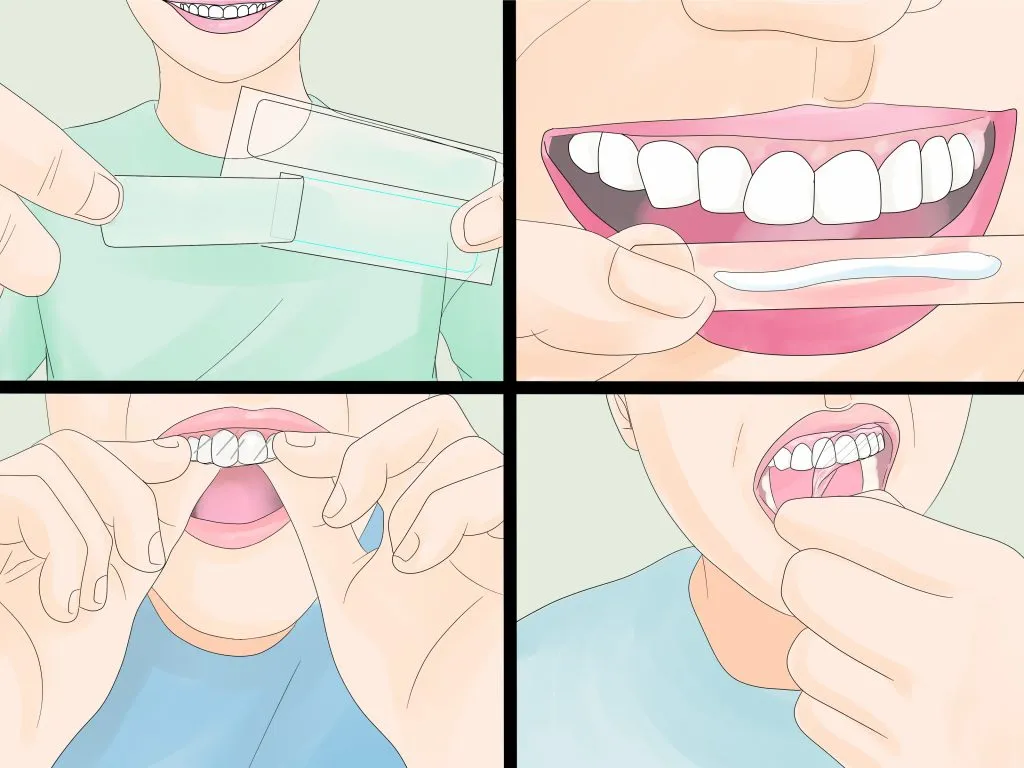Achieving a brighter smile is a common goal, and teeth whitening strips have become a popular method for at-home treatments. However, the effectiveness of these strips and the health of your teeth hinge on proper usage. This guide provides you with comprehensive instructions to ensure you brush your teeth after using whitening strips correctly, optimizing the results while minimizing potential risks. Following the right steps is crucial, and this will help you avoid common pitfalls that could damage your enamel or diminish the whitening effects.
Understanding Whitening Strips & Teeth Sensitivity
Teeth sensitivity is a frequent experience after using whitening strips. The active ingredient, typically hydrogen peroxide or carbamide peroxide, works by penetrating the enamel to break down stain molecules. This process can temporarily make your teeth more porous, and susceptible to sensitivity. Understanding this allows you to take precautions and adjust your oral hygiene routine accordingly.
How Whitening Strips Work
Whitening strips contain a bleaching agent that helps to lift stains from your teeth. These strips are designed to adhere closely to the teeth, ensuring the active ingredients are in direct contact with the enamel. Over the course of the treatment, the peroxide molecules begin to break down the discoloration, revealing a brighter, whiter smile. It is essential to understand this process to fully appreciate the importance of post-treatment care.
Potential Side Effects of Whitening Strips
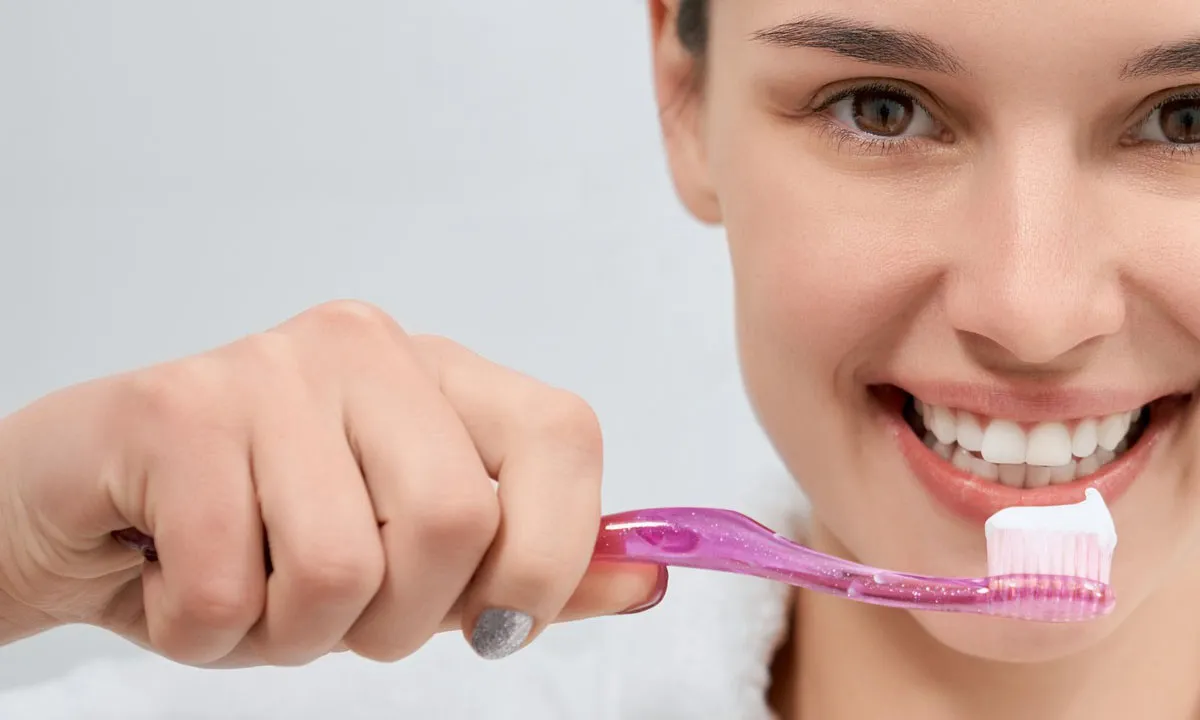
The most common side effect of whitening strips is teeth sensitivity. Other potential side effects include gum irritation. Overuse or improper application can exacerbate these issues. Always follow the manufacturer’s instructions and consult with a dentist if you experience persistent or severe symptoms. Proper post-treatment care plays a crucial role in mitigating these side effects and maintaining overall oral health.
Why Timing Matters After Whitening Strips
The timing of when you brush your teeth after using whitening strips is critical for both the efficacy of the treatment and the health of your teeth. Brushing too soon can disrupt the whitening process and increase the risk of sensitivity. It’s a delicate balance, and understanding the science behind it ensures you get the best possible outcome.
The Science of Enamel and Peroxide
The peroxide in whitening strips temporarily alters the structure of your enamel. This makes the enamel more vulnerable to damage. Brushing too vigorously or too soon after the treatment can cause abrasion and increased sensitivity. A proper waiting period allows your enamel to re-harden, reducing the risk of potential harm and allowing the whitening agents to work more effectively. This waiting period is part of the process of the teeth getting whitened.
The Role of Saliva
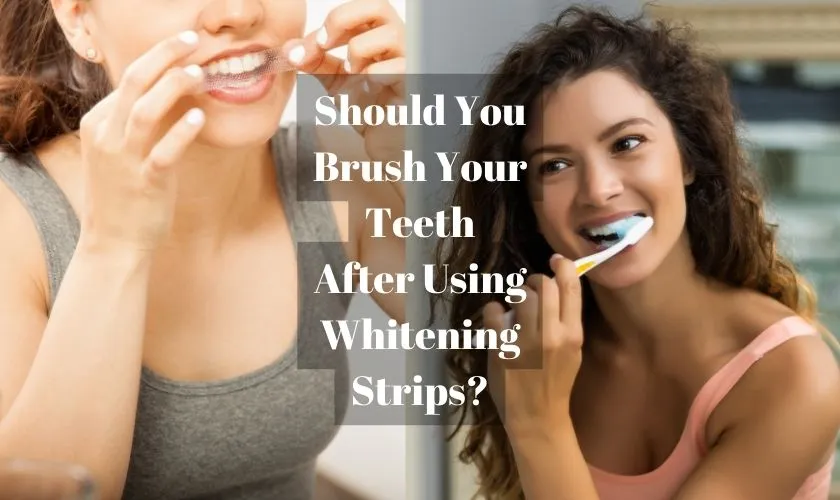
Saliva plays a crucial role in oral health, acting as a natural buffer and remineralizing agent. After using whitening strips, saliva helps to restore the natural pH balance in your mouth and to protect your enamel. Allowing sufficient time for saliva to do its work before brushing can reduce the risk of enamel erosion and sensitivity.
Optimal Brushing Time After Strips
The general recommendation is to wait at least 30 minutes, ideally an hour, after removing the whitening strips before brushing your teeth. This waiting period allows the enamel to re-harden and minimizes the potential for sensitivity. Always refer to the specific instructions that come with your whitening strips, as recommendations may vary depending on the product.
The Correct Way to Brush After Whitening Strips
Brushing your teeth correctly after using whitening strips can make a significant difference in the effectiveness of the treatment and in maintaining oral health. Gentle techniques and the right products are key. Here’s how to brush your teeth safely and effectively after whitening.
Choosing the Right Toothbrush
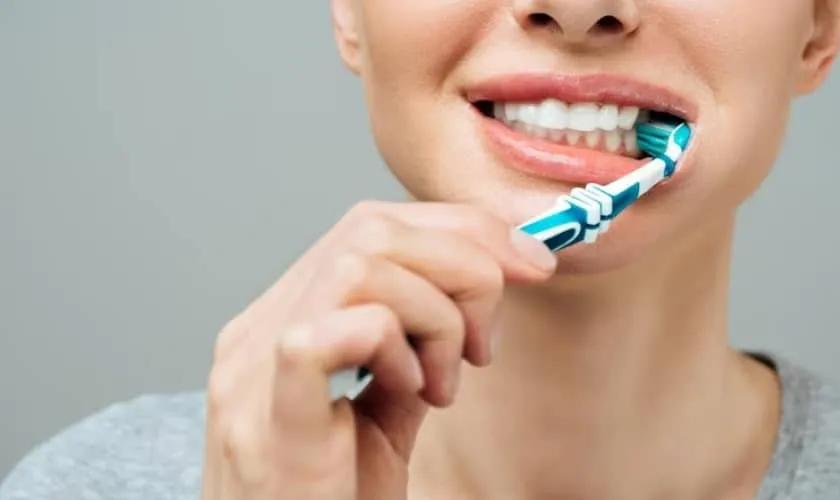
Select a toothbrush with soft bristles. Soft bristles are gentle on your enamel and gums, which is especially important after using whitening strips. Look for toothbrushes specifically labeled as ‘soft’ or ’extra soft.’ Avoid hard or medium bristles, as they can be abrasive and contribute to enamel erosion. A soft-bristled toothbrush is your best defense against sensitivity.
Selecting the Best Toothpaste
Choose a toothpaste that is designed for sensitive teeth. These toothpastes typically contain ingredients like potassium nitrate or stannous fluoride, which help to desensitize the teeth and protect enamel. Avoid toothpastes with harsh abrasives or whitening agents, as these can be too aggressive after a whitening treatment. Fluoride is essential for strengthening enamel. Look for a toothpaste that contains fluoride.
Gentle Brushing Technique
Use a gentle, circular motion when brushing, rather than a harsh back-and-forth scrubbing motion. Apply minimal pressure to avoid damaging your enamel or irritating your gums. Brush each tooth for at least two minutes, ensuring you reach all surfaces. This gentle technique preserves your enamel and reduces sensitivity, allowing you to maintain a brighter smile.
Other Important Considerations
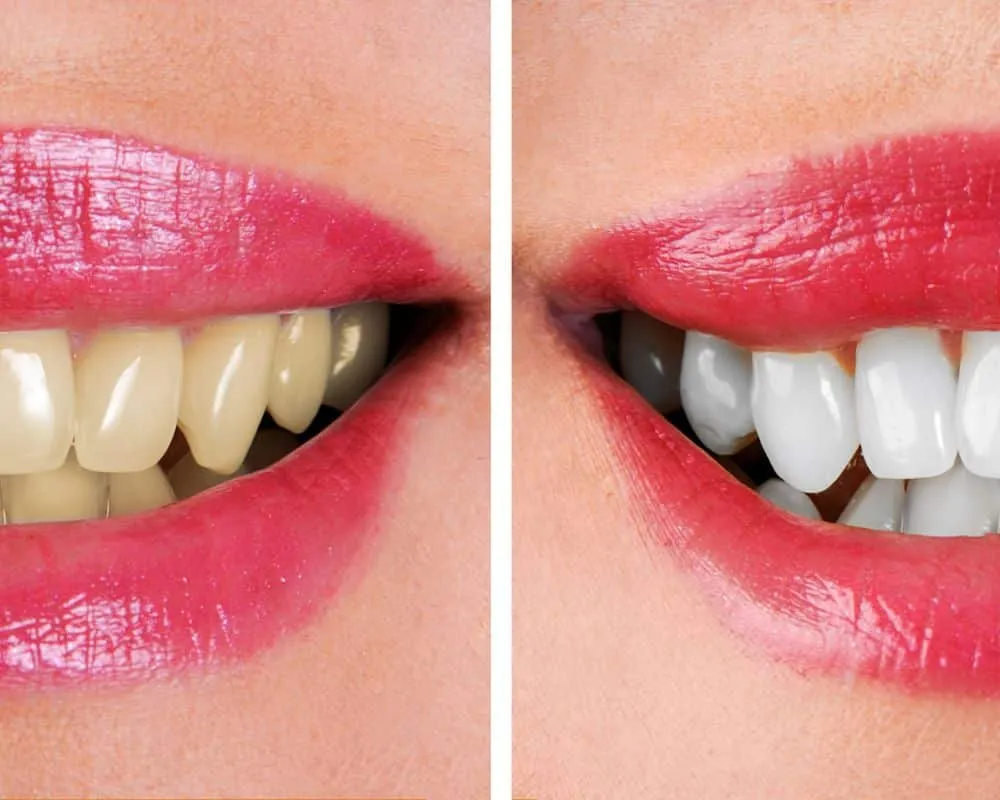
Aside from proper brushing techniques, other factors can influence the effectiveness of your whitening treatment and the health of your teeth. Being mindful of what you eat, drink, and your overall oral hygiene routine will give you the best results.
Foods and Drinks to Avoid
During and immediately after your whitening treatment, it’s best to avoid foods and drinks that can stain your teeth. These include coffee, tea, red wine, berries, and heavily pigmented sauces. These items can easily re-stain teeth that have been freshly whitened. Eating a diet rich in fruits, vegetables and other teeth-friendly food will greatly benefit oral health.
Importance of Hydration
Drinking plenty of water is essential for maintaining oral health and for helping to prevent staining. Water helps to wash away food particles and bacteria and aids in saliva production, which is crucial for remineralizing your enamel. Staying hydrated also supports overall health, enhancing the benefits of your whitening treatment.
Maintaining Results Long-Term
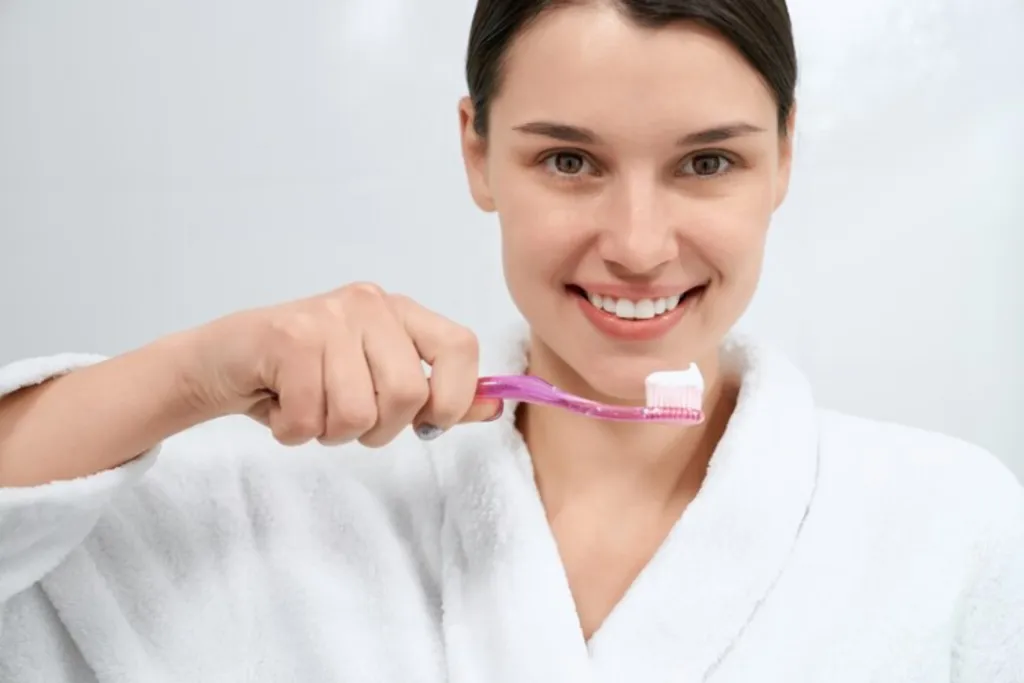
To maintain your bright smile, continue to practice good oral hygiene. Regular brushing, flossing, and dental checkups are essential. Consider using whitening toothpaste or touch-up treatments as needed. Avoiding stain-causing foods and drinks and using a straw when consuming staining beverages can further extend the life of your results.
Common Mistakes to Avoid
Avoiding common mistakes is critical for ensuring the best outcomes from your teeth whitening strips and for protecting your oral health. Here are some pitfalls to steer clear of.
Brushing Too Soon
One of the most significant mistakes is brushing your teeth too soon after using whitening strips. This can increase sensitivity and potentially erode the enamel. Wait at least 30 minutes, preferably an hour, after removing the strips before brushing. This allows time for your teeth to recover and for the whitening process to fully take effect.
Using the Wrong Toothpaste
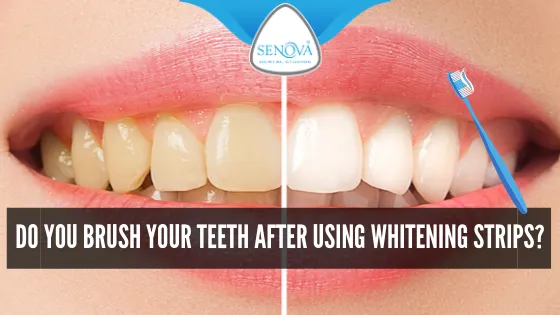
Using harsh or abrasive toothpastes can be detrimental after a whitening treatment. Always opt for a toothpaste designed for sensitive teeth, as this will help to protect your enamel and reduce sensitivity. Avoid toothpastes with strong whitening agents or excessive abrasives.
Not Following Instructions
Always read and follow the instructions provided with your whitening strips. Deviating from the instructions can lead to less effective results or increased sensitivity. If you’re unsure about any aspect of the process, consult your dentist for guidance.
By adhering to these guidelines, you can ensure a safer and more effective teeth whitening experience. Following these steps will not only help you achieve a brighter smile but also safeguard the health of your teeth and gums.
